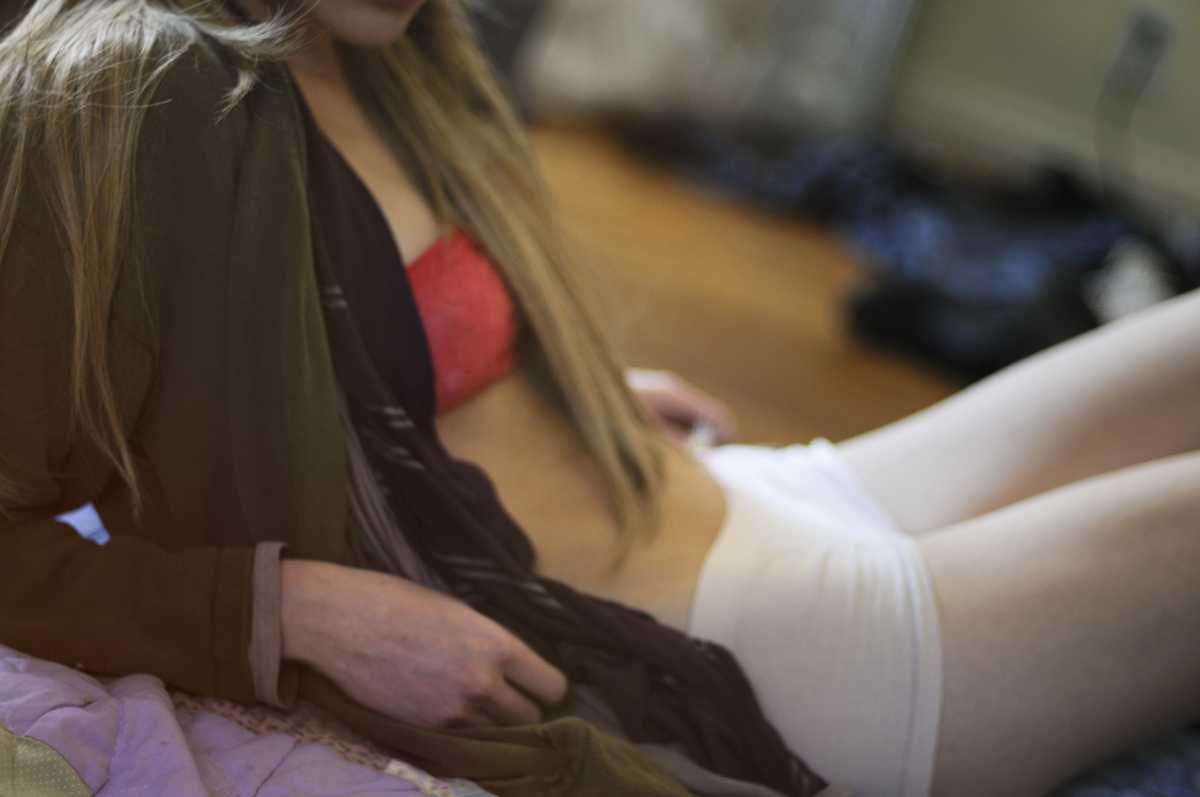
Overview
Vulvar vestibulitis is the inflammation of mucous secreting glands at the entrance of the vagina as well as the skin enveloping these glands. Sometimes the condition occurs only in the lower part around the opening of the vagina and is marked by redness and pain. The condition may affect all women, regardless of their age and sexual activity because cases of vulvar vestibulitis have been reported even in celibate women. Some women may go on for months or years searching for relief from this unpleasant condition.
Not all women experience the same symptoms that vary from type to type of the condition. Sometimes a woman has the signs characteristic of several different types. Women whose symptoms put them in two categories of the condition need to be treated for both. Below is the description of various types of vulvar vestibulitis and the accompanying symptoms.
AtrophicVestibulodynia
The pain comes on gradually and at first appears only after the intercourse. The woman may experience burning or pain which tends to become less severe after penetration. With time the woman may start having pains even when sitting or cycling. Eventually, the pain becomes chronic.
Vaginismus
The signs of this condition are redness of the vestibule (the area around the opening of the vagina) pain and tightness which in most cases originate from the part of the vaginal opening closest to the anus. The woman suffering from vaginismus has partial or full inability to experience penetration, including sexual intercourse or the insertion of tampons.
Irritant/Allergic Contact Vaginitis
This is the case of major inflammation of vestibule, accompanied by persistent pain which can occur during urination, penetration or any other sort of contact.
NeuronalProliferation
This condition is characterized by extreme pain when touching the vulvar area. Sexual intercourse tampon insertion, cycling, wearing tight clothes are just some of the activities that aggravate the pain. Even light touch like wiping and toweling can cause pain for some women.
Cyclic Vulvovaginitis
The pain accompanying cyclic vulvovaginitis follows a certain pattern. During the period, women are less likely to have any pains. They tend to occur at the end of menstruation and during ovulation. Once ovulation passes, women experience temporary relief only to have their symptoms aggravated before the monthly bleeding starts again. Other activities that can make the symptoms worse are sexual intercourse (tenderness and thin white discharge can also occur), wearing wet or sweaty clothing and using a hot tub or pool.
Pelvic FloorDysfunction
This condition arises as a result of weak muscles around the vagina which makes them difficult to control. When these muscles get tight they become tender, so the person experiences muscular spasms and exhaustions.



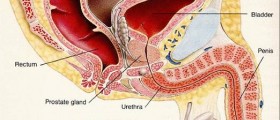
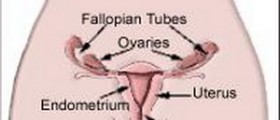



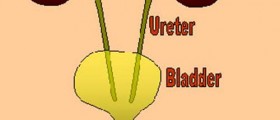

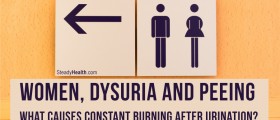

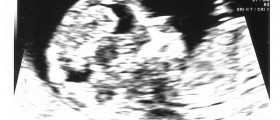

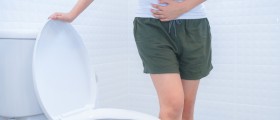
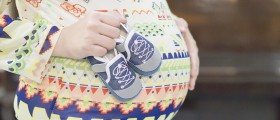
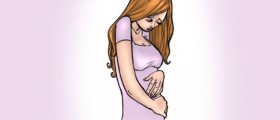
Your thoughts on this
Loading...